| Plant Habit: | Shrub Tree |
| Life cycle: | Perennial |
| Sun Requirements: | Full Sun |
| Water Preferences: | Mesic Dry Mesic |
| Soil pH Preferences: | Neutral (6.6 – 7.3) |
| Minimum cold hardiness: | Zone 7a -17.8 °C (0 °F) to -15 °C (5 °F) |
| Maximum recommended zone: | Zone 9b |
| Plant Height: | 5 to 30 feet (pruning) |
| Plant Spread: | 6 to 30 feet (pruning) |
| Leaves: | Deciduous Broadleaf |
| Fruit: | Showy Edible to birds Other: "Fruit" is technically a synconium, that is, a fleshy, hollow receptacle with a small opening at the apex partly closed by small scales. Fruits on 1-3 yr old wood, prune for harvest access |
| Fruiting Time: | Spring Late spring or early summer Late summer or early fall Other: may develop 2 crops per year depending on zone and/or microclimate. Remove fruits that wont ripen before or survive thru winter |
| Flowers: | Inconspicuous Blooms on new wood Other: Non-showy greenish flowers form in spring inside hollow receptacles near the branch growing tips. The fruit (edible fig) develops within each receptacle. |
| Flower Color: | Green |
| Flower Time: | Spring Late summer or early fall Other: Provides two crops of figs per year |
| Foliage Mound Height: | varies by culture |
| Underground structures: | Taproot |
| Suitable Locations: | Patio/Ornamental/Small Tree Xeriscapic Espalier |
| Uses: | Windbreak or Hedge Shade Tree |
| Edible Parts: | Fruit |
| Eating Methods: | Raw Cooked |
| Wildlife Attractant: | Birds Other Beneficial Insects |
| Resistances: | Deer Resistant Rabbit Resistant Drought tolerant |
| Toxicity: | Other: A lactifer, the milky sap (latex) can be a skin irritant. Also present in some unripened fruit. |
| Propagation: Seeds: | Provide light Self fertile |
| Propagation: Other methods: | Cuttings: Stem Cuttings: Tip Cuttings: Root Layering Offsets Other: Best if mature wood 2-3 yrs of age is used for cuttings. Also easy to start from ground or air layering |
| Pollinators: | Self Wasps |
| Containers: | Suitable in 3 gallon or larger Needs repotting every 2 to 3 years Needs excellent drainage in pots |
| Miscellaneous: | Tolerates poor soil |
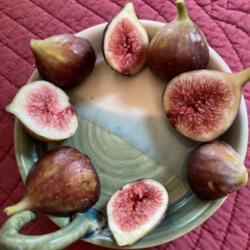
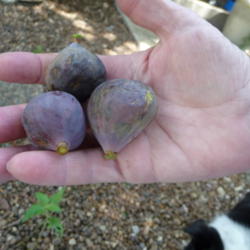
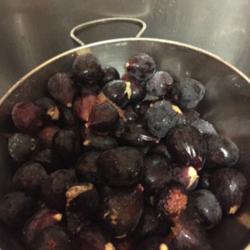
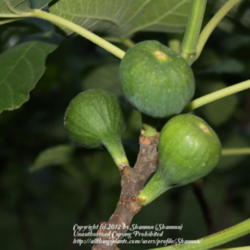
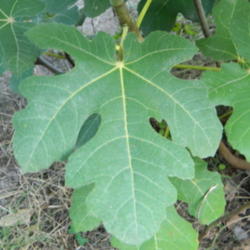
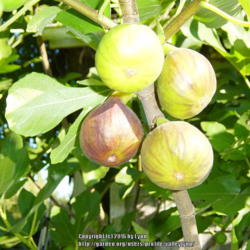
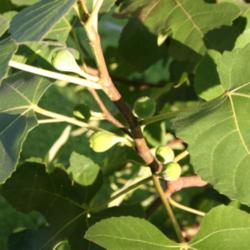
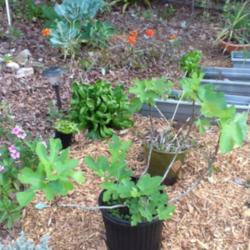
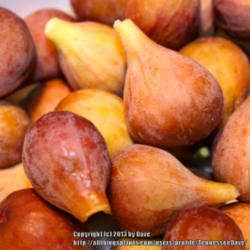
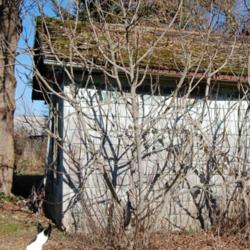
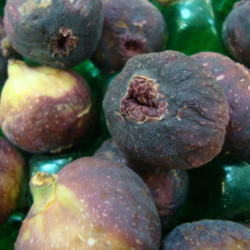
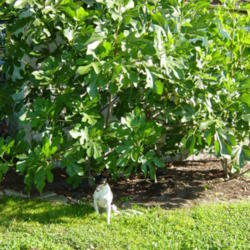
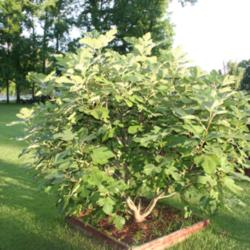
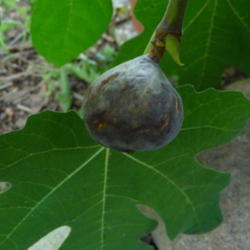
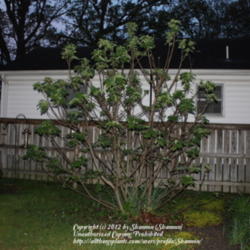
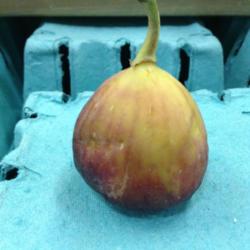
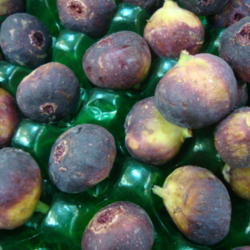
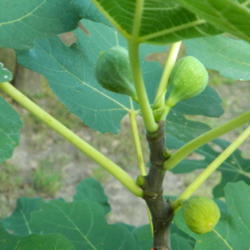
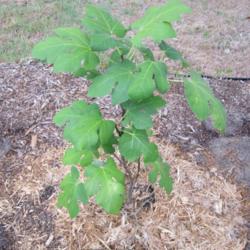
| cbclemmons | On January 8, 2018 | Maintenance performed This fig tree is a very old one planted probably 30 years ago. The tree has always produced delicious figs, but last years crop was very small. On the 23rd of December, I removed a heavy overgrowth of honeysuckle and devils claw vines from the tree. I also cut the tree back to approx 5' in height and thinned out all old growth. On Jan. 3rd, 2018 my area had an unprecedented snow fall of 3.5 inches which has remained on the ground for rest of that week. (Usually, snow will come down and melt before noon on the same day.) The plant looks good and is still dormant, but we are expecting a warming trend. Last year the tree had broken dormancy a week or so before a late frost, so I'll be on the watch for that again this year. |
| RobGlen | On October 16, 2018 | Obtained plant Purchased at Glendale Lowe's...nursery gave me 1/2 off. |
| carlissa904 | On May 1, 2019 | Obtained plant My daughter bought this at Lowes, hopefully she will get it planted in the yard soon. |
| paleohunter | On September 7, 2020 | Cuttings took |
| MySecretIslandGarden | On July 29, 2022 | Maintenance performed New leaves are emerging, some figs are ripening, removed dead leaves. |
| SuperHappyCamper | On July 5, 2020 | Obtained plant 2 successful plants taken from Mom Massey in Fl. |
« Add a new plant to the database
» Search the Figs Database: by characteristics or by cultivar name
« See the general plant entry for Figs (Ficus carica)